Dredgers standing down as high river clears Murray Mouth
Peter Oliver looks toward the Murray Mouth from his food van on Hindmarsh Island, animated as he talks about news of the dredgers across the way being removed for the first time in eight years.

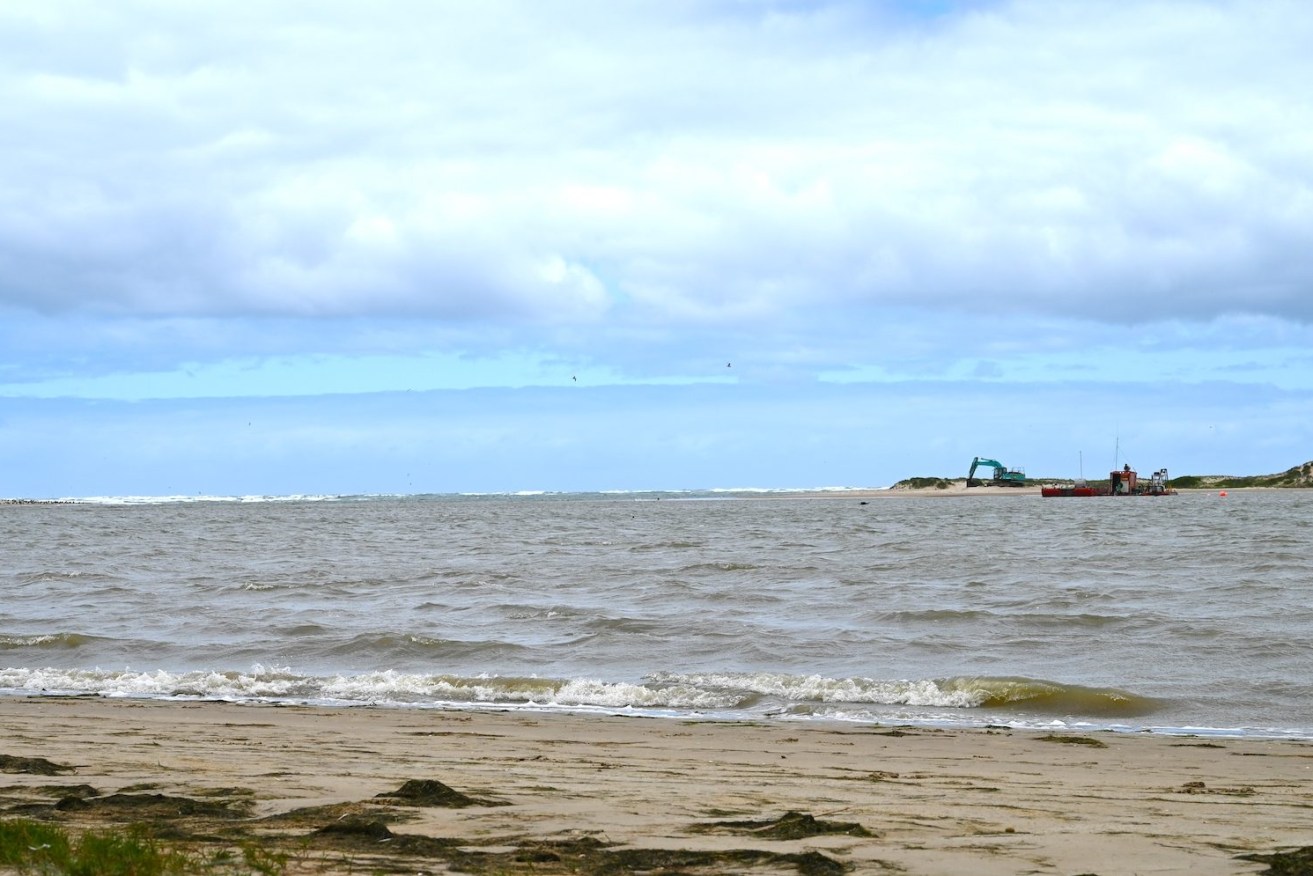
Dredging machinery will be removed for the first time in years as high River Murray flows scour the mouth clear of sand build up near Goolwa. Photo: Belinda Willis/InDaily
“It’s been a tough year for the professional fishermen I buy from, with the higher water coming through the Murray Mouth, the mulloway all disappeared,” the Goolwa local acknowledges.
“But next season, with this water flushing out of the system with the high river flows, it will be game on.”
After watching mechanical dredgers fend off sand and silt from closing the River Murray mouth from his vantage point over the past 20 years, Oliver is passionate about seeing the Coorong and lower reaches of the River Murray reinvigorated.
He, along with many other Goolwa locals, is delighted to hear the Environment Department has confirmed to InDaily the dredgers are officially being stood down over the next few weeks. Apart from a few months off during the 2016 high river flow, the dredgers have been operating at the mouth since 2015.
Oliver feels the pain of those worried about flooding further upstream damaging shacks, homes and caravan parks, but says the silver lining is right before his eyes.
“Six months ago, this area of water in front of us was all full of green weed, it was getting stuck in the motors and engines of fishermen, the water has flushed it all out,” Oliver says from his Coorong Café van.
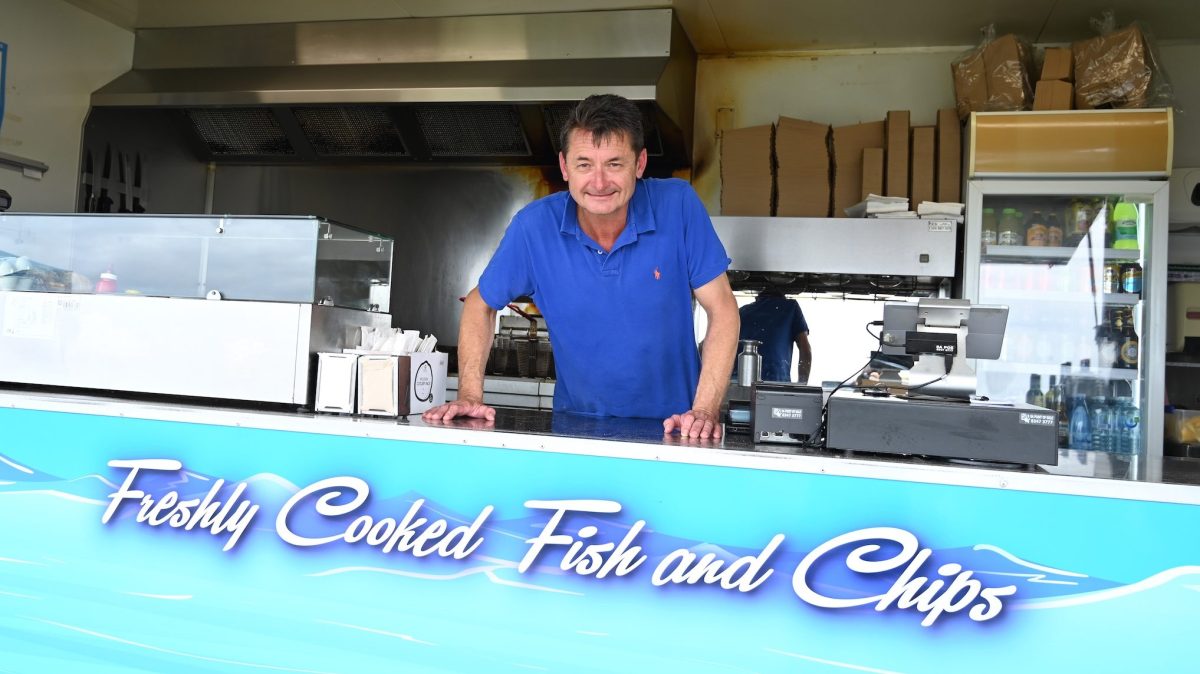
Peter Oliver from his vantage point at the Murray Mouth. Photo: Belinda Willis/InDaily
He tells of the nearby freshwater Mundoo Channel having been so heavily silted that boats were always hitting the bottom, of weeds and nutrients clogging the lakes further upstream.
It has also led to huge flocks of black cormorants, numerous pelicans, terns and seals gathering to feed on fish spilling through the waters released through the Goolwa barrages.
The influx of wildlife is also attracting visitors, with Encounter Bay residents Pat and Keith Barton keen to photograph the action.
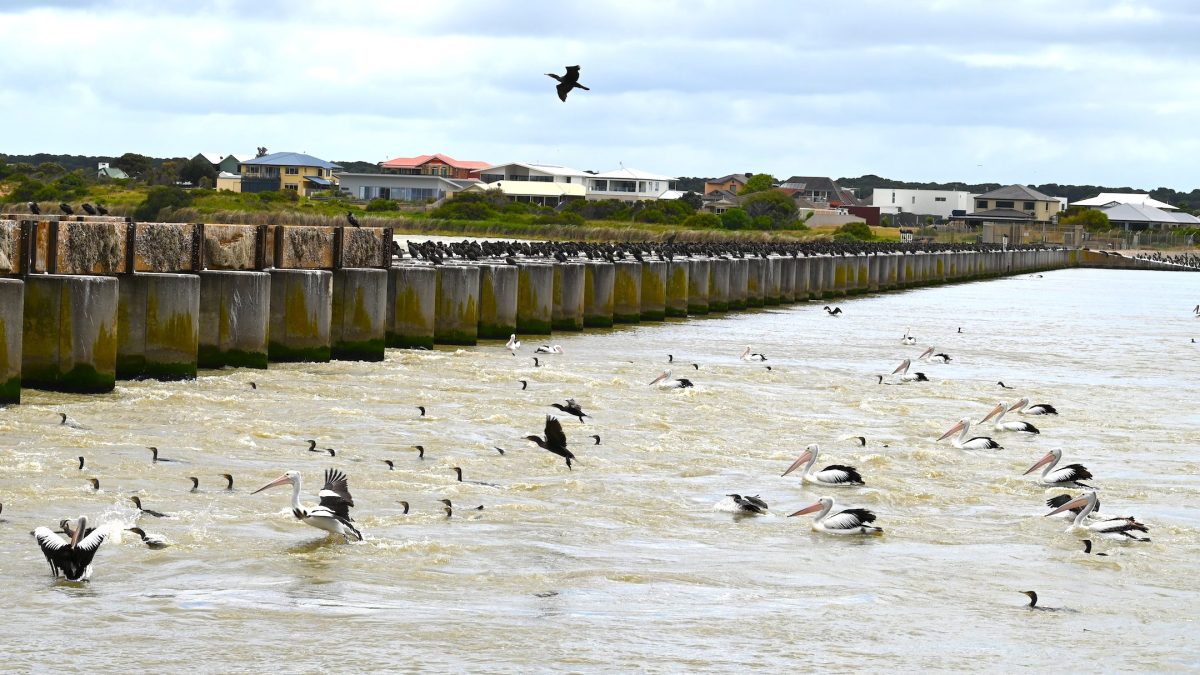
Birds gather at Goolwa Barrage to feed on fish coming downstream with high River Murray flows. Goolwa is near the Murray Mouth. Photo: Belinda Willis/InDaily
“I can remember when they built the locks and barrages and my Mum brought us here in the 1940s,” 82-year-old Pat says.
“I think this is incredible, all the birds and the seals are all here feeding. I remember being here in the 1940s and the birds were all doing the same thing but I don’t think there were as many as this time.”
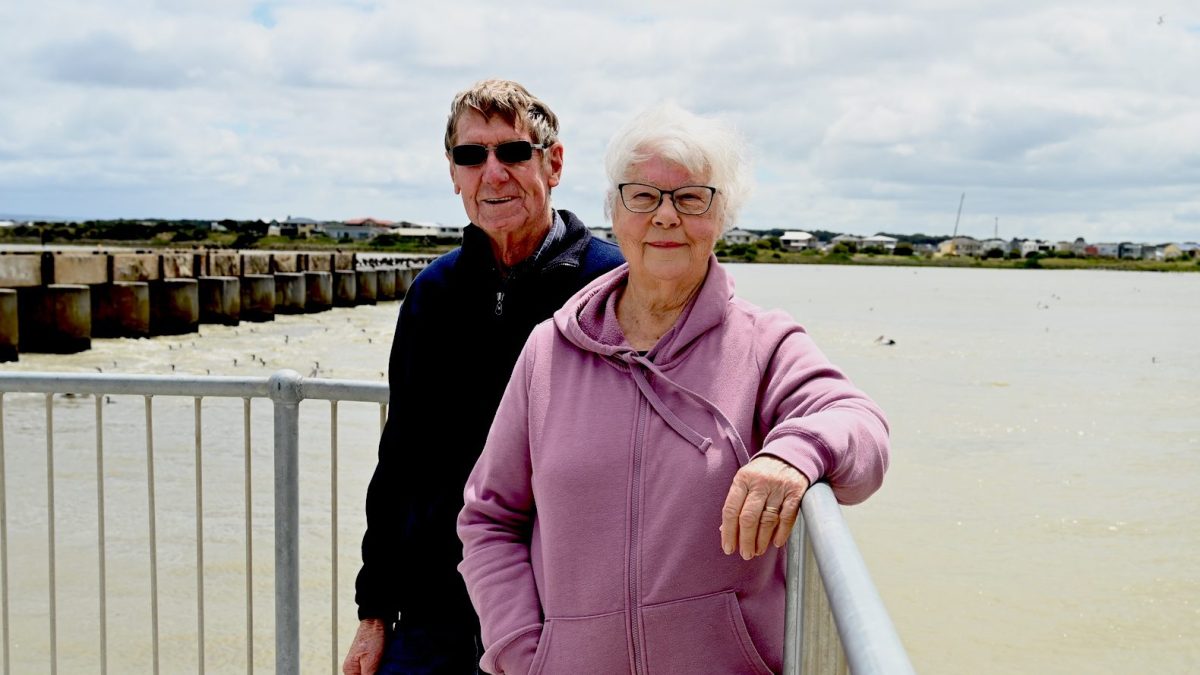
Pat and Keith Barton watch birds and seals feed at the Goolwa Barrage. Photo: Belinda Willis/InDaily
Ben Bruce, executive director of water and River Murray at the Environment Department, says $4.718 million had been budgeted in 2022-23 for Murray Mouth dredging to ensure relatively fresh water from the ocean can find its way into the internationally recognised bird sanctuary of the Coorong.
The dredging machinery is a common sight at the picturesque Murray Mouth. Apart from stopping for a few months during the 2016 River Murray high flows, Bruce said the current dredgers have operated at the Mouth since 2015 and, before that, from 2002 to 2010.
“Without an open Murray Mouth – and with reduced River Murray flow as has been the case between 2017 to 2020 – the Coorong would salinise, and water levels would drop significantly over spring and summer,” he said.
“The Murray Mouth brings in cool, well-oxygenated water and has a diluting effect on nutrients which is particularly important during summer when algae can proliferate.”
The State Emergency Service has today said River Murray flow at the South Australian border is around 85GL per day, its highest since 2016. The flow to SA will reach about 100GL around November 12, and 135GL a day in early December, classifying as a moderate flood in SA.
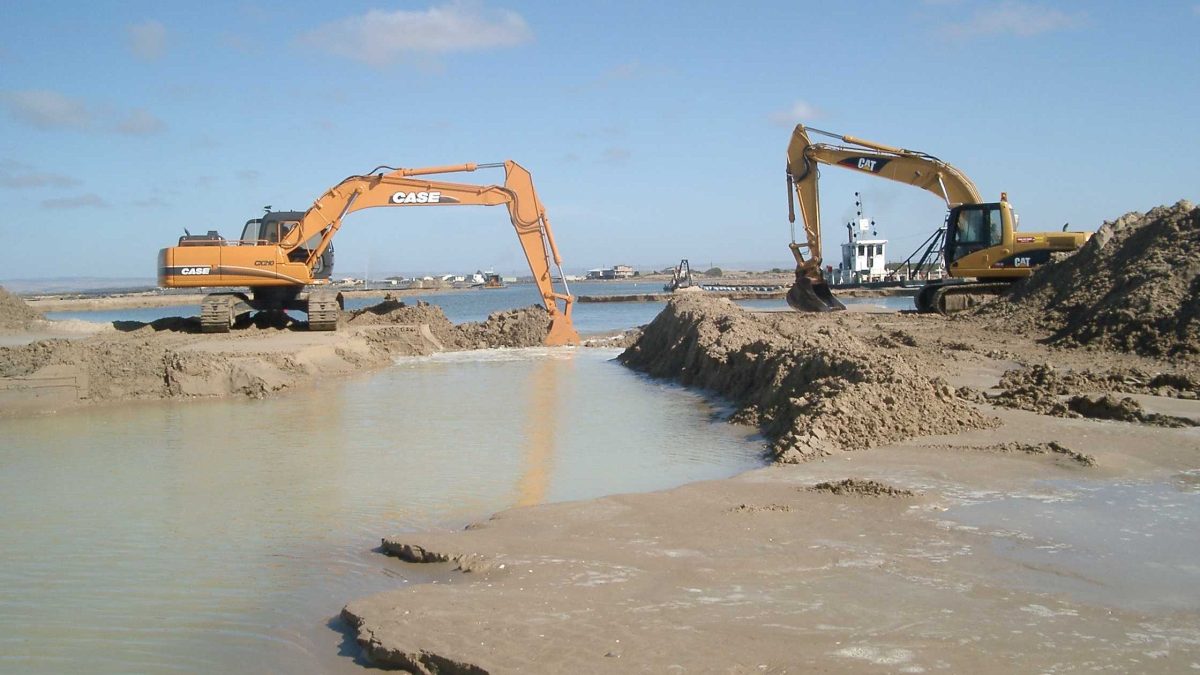
Dredgers previously operating in lower water flow times to keep the Murray Mouth open. Photo: Environment Department
While Bruce warned black water filled with nutrients from floodplains further upstream could harm fish as it robbed them of oxygen, the freshwater will help flush salt and pollutants collected from across the basin out through the Lower Lakes.
The south lagoon in particular has struggled to recover since the millennium drought.
“Freshwater species such as aquatic vegetation, turtles, fish, frogs, waterbirds and invertebrates will benefit from the freshening conditions in the Lower Lakes,” he said.
“In the Coorong, estuarine fish such as Coorong mullet, black bream and mulloway will expand their range into the more southern parts of the Coorong.
“We are also seeing lots of juvenile Golden Perch throughout the river and Lower Lakes, and the additional flows will help spread the population throughout the basin.”
For Oliver back at the Hindmarsh Island food van, the high waters are worth celebrating.
“This is not just a weekend wonder, it will recharge the lagoons and recharge all the little creeks and waterways and floodplains,” he says.
“The wildlife is going to go absolutely mad right throughout the Coorong, it will all just be beautiful.”




